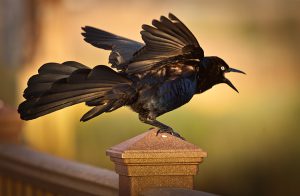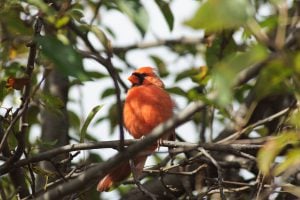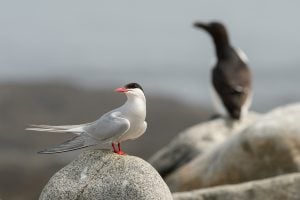
Travel
Rare birds
Spread your wings with birdwatching’s elite guard in south Texas
- 2583 words
- 11 minutes
This article is over 5 years old and may contain outdated information.
Wildlife

For the last two months, birds have had something of a main stage here at Canadian Geographic. And so they should. Within a few weeks of the January launch of our National Bird Project, more than 25,000 Canadians had voted for and written essays in hot-blooded defense of their picks for a new avian emblem for the nation. And the votes keep rolling in – a testament to the fact that a sizable slice of the population feels very strongly about their birds.
It was no great surprise, then, that the first wildlife-themed feature in the first issue of Canadian Geographic (then called Canadian Geographical Journal), printed in May 1930, was all about these animals. [Read the story online here]
“Some Canadian Birds” is a grab bag of avian species, with reproductions of 31 paintings from the National Museum in Ottawa. It’s an eye-catching record, and the sole entry in that inaugural issue to feature colour images, a vivid stretch in an otherwise monochrome magazine. By today’s standards for clever, tempting headlines, “Some Canadian Birds” probably wouldn’t fly (it’s right up there with a staff favourite from 1955 titled “Plants that come from Bulbs”), but then there’s something to be said for ungarnished honesty.
And those early readers of Canadian Geographical Journal knew they were getting the “right” birds. Author P.A. Taverner was Canada’s first Dominion Ornithologist, the author of the ornithological bibles Birds of Western Canada and Birds of Eastern Canada, and an important player in the creation of Point Pelee National Park and other bird sanctuaries across the nation.
“Canada has the great good fortune to be particularly rich in bird life,” he writes. “And it is a matter for congratulation that both the Federal and Provincial Governments and the public behind these Governments have been sufficiently alive to the importance of preserving these feathered friends to set part [sic.] a number of sanctuaries and in other ways afford protection to many species which are of economic value and others that by the beauty of their form and plumage or the charm of their song add enormously to the happiness of our homes.”
Taverner admits that the birds shown in the feature story’s illustrations — “faithfully presented in their natural settings” — are a fraction of the species inhabiting what he calls the “bird commonwealth of Canada.” But they are a representative selection, “particularly for the western part of the country.”
Why the preferential treatment for western birds? Perhaps because in 1930, most Canadians wouldn’t have had the chance to see species native to the expanse between north-central Ontario and the Pacific Coast. People were generally less (long-distance) mobile, of course, and while immigration to the Prairies had surged in the first decades of the 20th century, the country’s population in 1930 (less than a third of what it is today) was still highly concentrated in the East. Taverner was likely showcasing some of Canada’s more “exotic” birds.
The 31 “four-colour plates” in the story are worth a close look, as are Taverner’s brief and amusing species descriptions, including that of the B.C.-coast’s marbled murrelet, “a saucy little fellow”; the great horned owl, “unconscious hero of many a rural ghost story”; and the mallard, which “after it has fed for a reasonable time in the stubble of a prairie farm, makes a dish to delight the epicure.” Taverner, certainly, would have made a compelling case for Canada’s National Bird.
Click below to see a slideshow:





Are you passionate about Canadian geography?
You can support Canadian Geographic in 3 ways:

Travel
Spread your wings with birdwatching’s elite guard in south Texas

Wildlife
An estimated annual $175-billion business, the illegal trade in wildlife is the world’s fourth-largest criminal enterprise. It stands to radically alter the animal kingdom.

Wildlife
You’ll be amazed at the feathered friends you can attract to your yard by following these simple tips

Wildlife
On New Brunswick’s Machias Seal Island, predatory gulls are pushing endangered Arctic tern colonies to the brink, creating a dilemma for wildlife managers